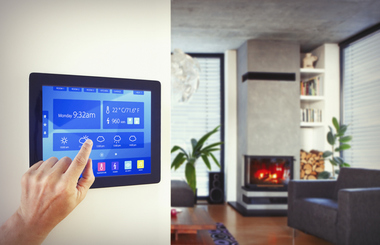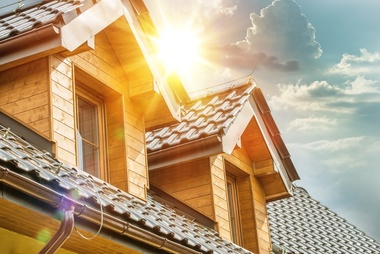A homeowners association is an agreement among the homeowners in a community or development that pools their money to take care of common grounds, which can range from pools and spas to just the grass. Homeowners associations can vary in size and involvement depending on the agreed-upon terms.

Here are a few things that are important to understand about HOAs before buying into one.
1. What Is the Cost?
With a typical HOA, there is a cost. The amount can vary greatly depending on the services and amenities provided to the community the HOA represents. It is important to understand what this cost is because it is typically monthly and ongoing for as long as you live in that home, and needs to be considered in your budget along with your monthly mortgage payment. There can also be a one-time buy-in fee that you pay when you close on the house. It is basically equivalent to a gym membership joining fee.
2. What Is Covered?
If you are going to pay a monthly fee, it is important to understand what is covered by that fee so you can evaluate the value of the HOA. At the bare minimum, upkeep of the common areas is covered, and services can also include snow removal, landscaping and grass-cutting for your property. This is one of the attractive things about HOAs — you typically do not have too much outside maintenance on your property. There should be a handbook or guide explaining what is covered by the HOA.
3. What Are the Rules?
As mentioned previously, there is typically a handbook developed by the HOA that covers all rules and regulations for the community. This can dictate facilities hours or who can use the facilities. It also can tell you the rules regarding having guests, or specific times to place trash out. The important part of understanding the rules is making sure that they do not interfere with gatherings you are looking to have or hobbies you may do.
4. Are You Happy With the Way the House Looks?
There is a reason why the majority of houses in the community look the same and utilize the same color schemes — the HOA dictates those things. Make sure you like the color of the house's trim, or be sure to understand what other colors are allowed. All this information should be included in the handbook.
5. Can You Get Involved?
Many times, the HOA has some type of board that facilitates communication among homeowners and makes decisions based on requests or complaints from residents. If you are interested in getting on the board, it is something to ask about. You may want to get involved just by voting on any changes.


